This is why burst fire sucks
- By Travis Pike
Share This Article
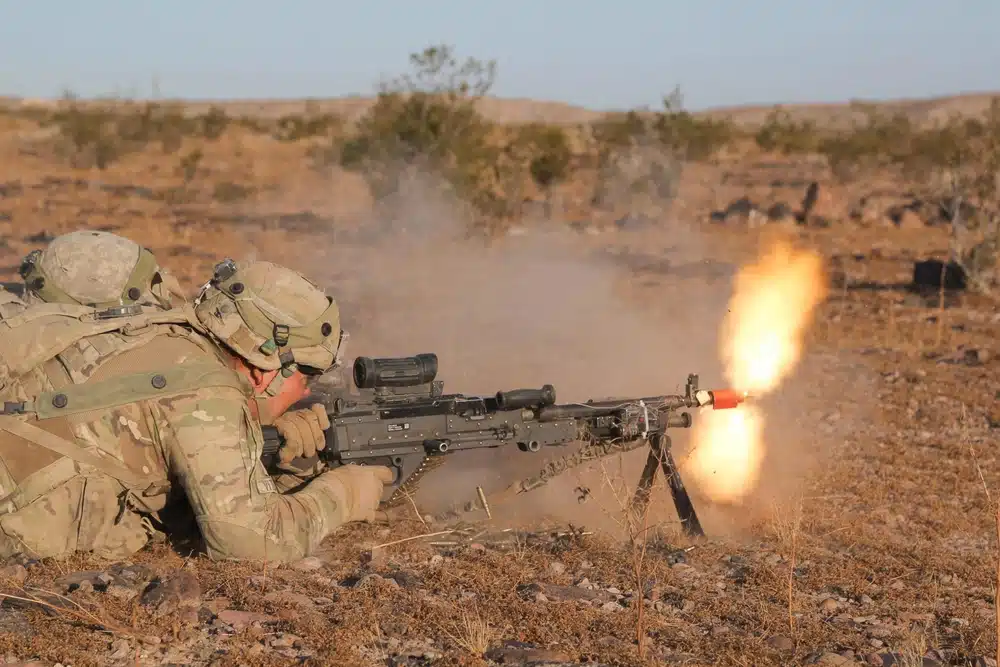
Burst fire is when fully automatic settings are limited to firing a certain number of rounds per trigger pull. Typically bursts are three rounds, but weapons like Bren 805 famously had a two-shot burst mode. Regardless of the number of rounds fired, burst fire sucks.
The idea of burst fire came from the minds of generals who thought they could replace training by making equipment modifications. It exists because people in the head sheds in the world’s military forces aren’t actually behind rifles very often.
Burst fire is advocated for three reasons: First, it is argued that it improves troop accuracy. Full-auto fired from a rifle can be difficult to control, so limiting it to three rounds keeps it within the realm of controllable fire, the argument goes.
Second, burst fire conserves ammunition, and troops will not empty their magazines upon contact with the enemy. The military has long attempted to control the firing rates of troops. One of the most famous examples is the bolt cut-off in military bolt-action rifles. Soldiers were supposed to single-load shots into their bolt action rifles and only used the magazine in emergencies.
Thirdly, it is argued that burst fire limits full auto use, therefore, preserving a rifle’s barrel. Admittedly, full auto fire makes barrels hot, and hot barrels do wear out faster.
Why burst fire sucks
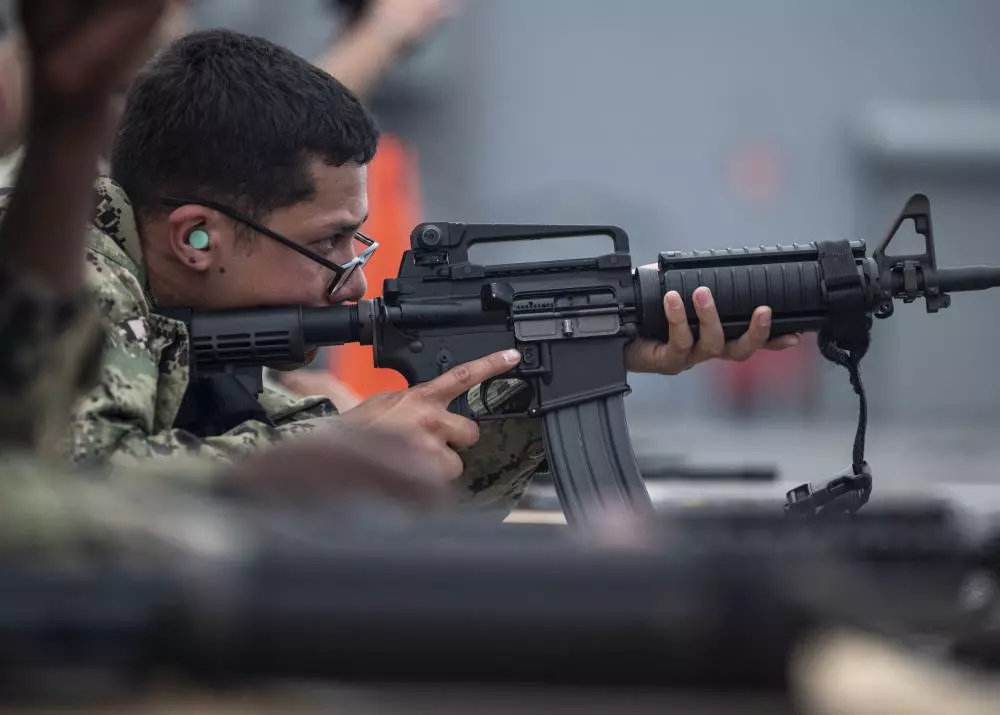
First and foremost, burst fire doesn’t really accomplish all its goals. Nothing stops a soldier from just rapidly pressing the trigger when the gun is set to burst. You might buy a second or two from a burst fire mechanism, but from my experience, you can rock and roll pretty fast even with burst fire. This kills the argument that it will preserve accuracy, ammo, and barrel life.
If you fired a burst, then reset, reclaimed, and then fired another, sure, it might work as intended, but when you need full-auto fire, you aren’t taking the time to reset. Automatic mode is very rarely used in the hands of soldiers. It’s used mostly when breaking through an ambush or establishing fire superiority. This is done quickly and often involves accuracy by volume. Your standard infantryman is using his rifle in semi-automatic mode. He’s not swapping to burst very often.
The second reason burst fire sucks is that it creates a weapon and trigger pack that is more complicated than semi and full-auto weapons as it requires a camming device that gives armorers and soldiers something else to break or malfunction.
The third reason it sucks is that it ruins a good trigger. The burst-fire cam in weapons like the M16 and M4 creates different trigger pulls, which in turn creates inconsistent trigger pulls making the weapon itself inconsistent. That’s the reason accurized rifles like the Mk 12 used full-auto trigger groups.
Related: Brutal efficiency: The top 5 combat shotguns out there today
Does it ever not suck?
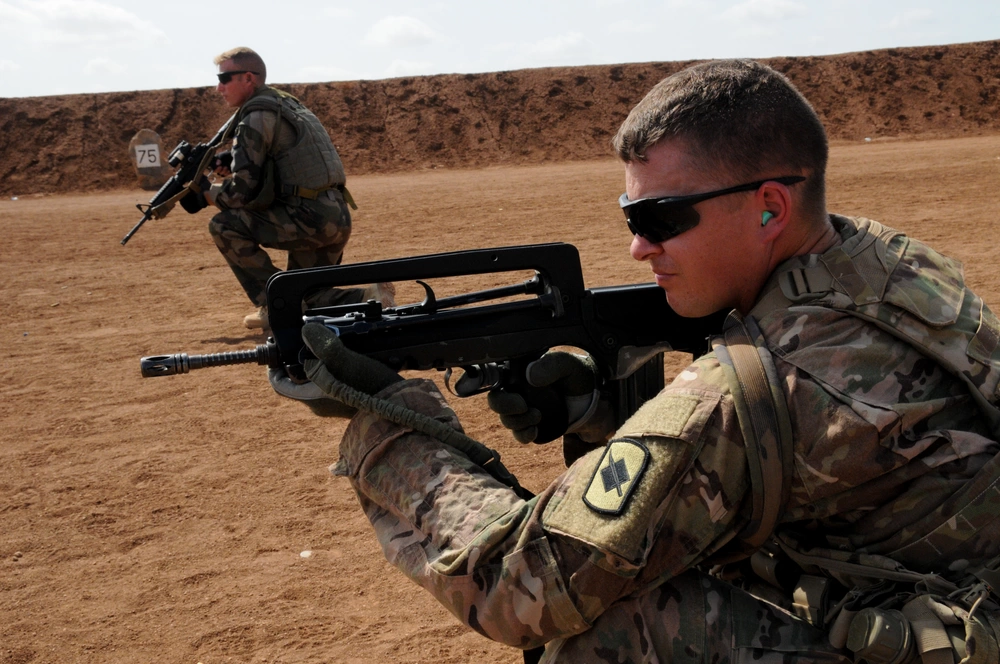
Arguably there are times when burst fire doesn’t suck. On machine pistols like the VP70 and Beretta 93R, the firing rate is absurdly high, and machine pistols are difficult to control. In such situations, burst fire can prevent the shooter from accidentally shooting more rounds than intended. The same goes for rifles with absurdly high firing rates, like the Kraut Space Magic G11 with its 2,100 rounds per minute burst fire rate of fire or the FAMAS with its 1,100 RPM firing rate.
In those situations, burst fire is okay, but a much better option would be to slow the weapons’ cyclic rate.
Also, on anti-air flak cannons, bursts of 50 to 100 rounds seem handy, although that’s a bit out of the infantry rifle category.
Burst fire is that useless that we are seeing the U.S. Military move away from it. For example, the Army’s M4A1 loses its burst mode for full auto and semi-auto. The Marine Corps infantry and combat arms as a whole are wielding the M27 IAR, which also offers only semi-auto and full-auto modes. The days of burst fire seem to be over, and let’s rejoice that this failed experiment is meeting a proper end.
Feature Image: A U.S. Army Soldier assigned to 1st Battalion, 17th Infantry Regiment, 2nd Brigade Combat Team, 2nd Infantry Division, fires rounds towards simulated enemy combatants during Decisive Action Rotation 17-09 at the National Training Center in Fort Irwin, Calif., Sep. 17, 2017. (U.S. Army photo by Spc. Dana Clarke, Operations Group, National Training Center)
Read more from Sandboxx News
- Is the F-22 Raptor the Tomcat of the 21st century?
- Are the days of dogfights over? An in-depth air combat analysis
- An ode to the courtyard bully Part II: Standoff in the woodshop
- The GR-115F – What you need to know about Glock’s first rifle
- The Bailey Machine Gun pioneered belt-fed gun designs 150 years ago
Related Posts
Sandboxx News Merch
-

‘AirPower’ Classic Hoodie
$46.00 – $48.00 Select options This product has multiple variants. The options may be chosen on the product page -

‘Sandboxx News’ Trucker Cap
$27.00 Select options This product has multiple variants. The options may be chosen on the product page -

‘Sandboxx News’ Dad Hat
$27.00 Select options This product has multiple variants. The options may be chosen on the product page

Travis Pike
Travis Pike is a former Marine Machine gunner who served with 2nd Bn 2nd Marines for 5 years. He deployed in 2009 to Afghanistan and again in 2011 with the 22nd MEU(SOC) during a record-setting 11 months at sea. He’s trained with the Romanian Army, the Spanish Marines, the Emirate Marines, and the Afghan National Army. He serves as an NRA certified pistol instructor and teaches concealed carry classes.
Related to: Gear & Tech, Military Affairs
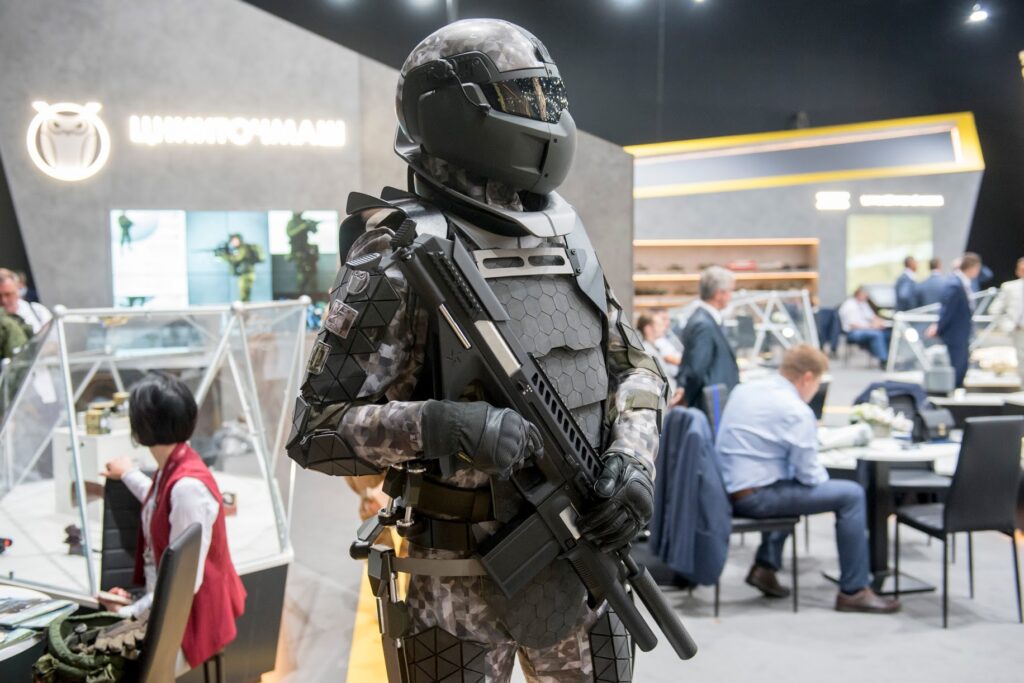
No, Russia’s futuristic Sotnik armor isn’t real

What does a Marine veteran think of Netflix’s ‘Rebel Ridge’?
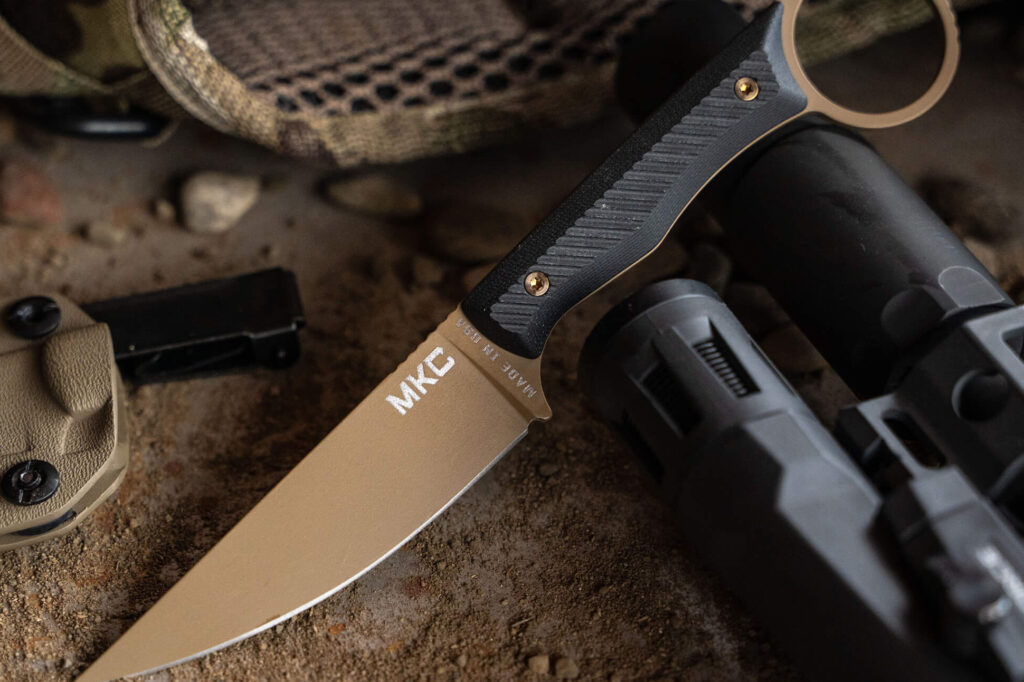
Montana Knife Company enters the tactical knife realm
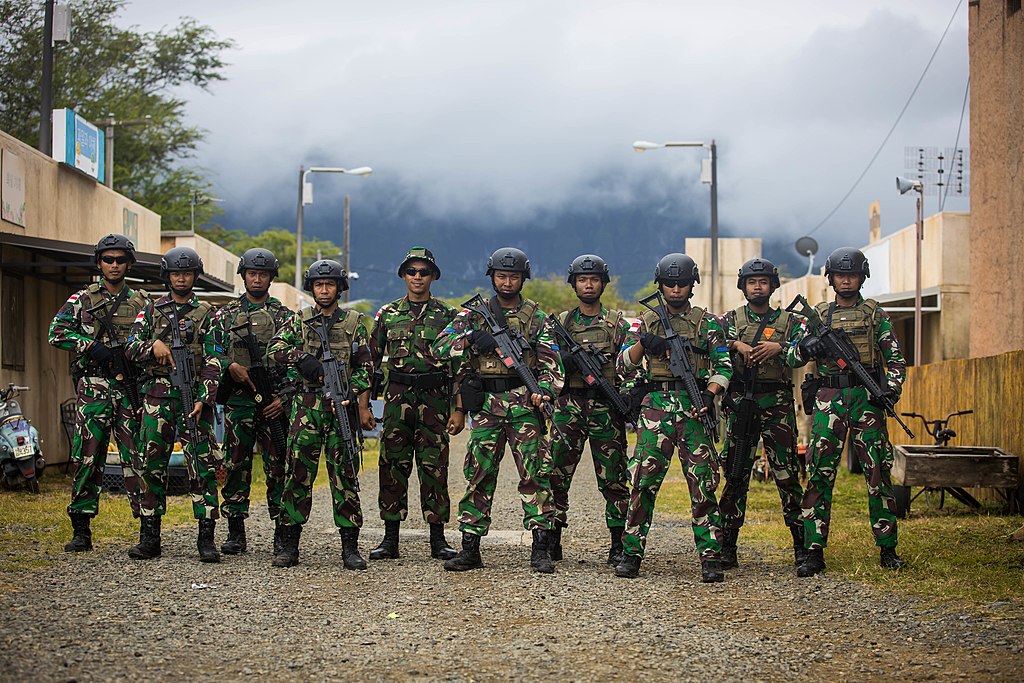
Indonesia’s Pindad SS2 – Service rifles from around the world
Sandboxx News
-

‘Sandboxx News’ Trucker Cap
$27.00 Select options This product has multiple variants. The options may be chosen on the product page -

‘AirPower’ Classic Hoodie
$46.00 – $48.00 Select options This product has multiple variants. The options may be chosen on the product page -

‘AirPower’ Golf Rope Hat
$31.00 Select options This product has multiple variants. The options may be chosen on the product page -

‘Sandboxx News’ Dad Hat
$27.00 Select options This product has multiple variants. The options may be chosen on the product page
